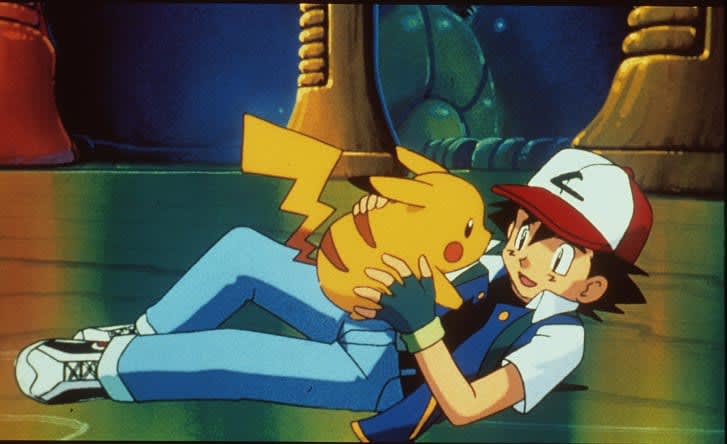طوكيو، اليابان (CNN) -- من منا لم يشاهد الرسوم المتحركة في صغره، ولكن هل تساءلت يوماً عن المصدر الأصلي لهذه المسلسلات الممتعة والشيقة.

تسمى الرسوم المتحركة في اليابان بـ"الأنيمى" وتلمس مواضيع متباينة كالخيال العلمي أو الرومانسية أو الإثارة. وتلبي تلك المسلسلات أذواق جميع الأعمار. وفي الوقت ذاته، نجحت مسلسلات الرسوم المتحركة المعروفة مثل "بوكيمون" و "دراغون بول زد" في إظهار اليابان بصورة مختلفة للعالم.
ظهرت صناعة "الأنيمي" في أوائل عام 1900 عندما بدأ فناني اليابان أمثال أوتن شيموكاوا في تجربة صناعة أفلام رسوم متحركة قصيرة. ولكن في ذلك الوقت، كان إنتاج الرسوم المتحركة مكلفاً، كما تغلبت أعمال شركة "ديزني" على اليابان.
وخلال الحرب العالمية الثانية، توسع هذا النوع من الفنون عندما أمرت الحكومة العسكرية اليابانية صناع الرسوم المتحركة بإنتاج أفلام دعائية للتأثير على الجماهير. وبعد هزيمة اليابان في الحرب، توقفت صناعات الأنيمي مرة أخرى.
وفي عام 1952، أصدر الفنان أوسامو تيزوكا الذي نشأ على مشاهدة الرسوم المتحركة لشركة ديزني رسوم حول "Astro Boy"، والتي تعني الفتى "أسترو"، وهو رسوم عن صبي روبوت محب للسلام يتمتع برؤية إشعاعية وقدرات فائقة.
ويقول خبير الأنيمي في جامعة "ميجي" بطوكيو، كيشيرو موريكاوا، في مقابلة هاتفية : "اقتصرت صورة النمطية اليابان في الغرب في الثمانينيات وأوائل التسعينيات على صورتين : صورة اليابان الشرقية والإقطاعية التي تنحصر في أفلام الساموراي والتي تتضمن معارك السيف بين مقاتلي النينجا، وصورة اليابان العصرية التي تقتصر على القطارات المزدحمة وسيارات تويوتا". ويضيف موريكاوا: " نجحت شعبية الأنيمي اليابانية في غرس صور أكثر إنسانية لليابان".
وبعد 7 سنوات من نموها المتصاعد، سجلت صناعة الأنيمي رقماً قياسياً جديداً في المبيعات في عام 2017 بلغ 2.15 تريليون ين ياباني، أي ما يعادل 19.8 مليار دولار، وذلك يرجع إلى الطلب من الخارج. إذ تضاعفت صادرات مسلسلات وأفلام الأنيمي ثلاثة أضعاف منذ عام 2014، وساعدت عمالقة البث مثل "Netflix" و "Amazon" في جزء من المبيعات وحتى الآن لم تظهر أي علامات على التباطؤ.
وبحسب ما قاله تاكاكو ماسومي، أمين المتحف الوطني للفنون في طوكيو، فإن اهتمام العالم بالأنيمي غير موقف اليابان من هذا النوع من الفنون.
إذا يقول ماسومي أن الأنمى قد خضع لعملية انتقالية. في البداية كان يباع بسعر رخيص في الخارج من خلال استوديوهات الرسوم المتحركة، ثم انتشر بسرعة دون سابق إنذار. ويشرح ماسومي ذلك قائلاً: "كانت تباع بسعر رخيص ولكن بما أن المحتويات جذابة للغاية، فقد استحوذت على قلوب الأطفال".
وبعد انهيار الاقتصاد الياباني في التسعينيات من القرن الماضي، سعت اليابان إلى إعادة تعريف نفسها من قوة عظمى في الأعمال العالمية إلى مصدر لثقافة فنية فريدة من نوعها.
وفي عام 1997، بدأت وكالة الشؤون الثقافية اليابانية في دعم المعارض التي تصدر أعمال الأنمي وألعاب الفيديو والفن الإعلامي.
